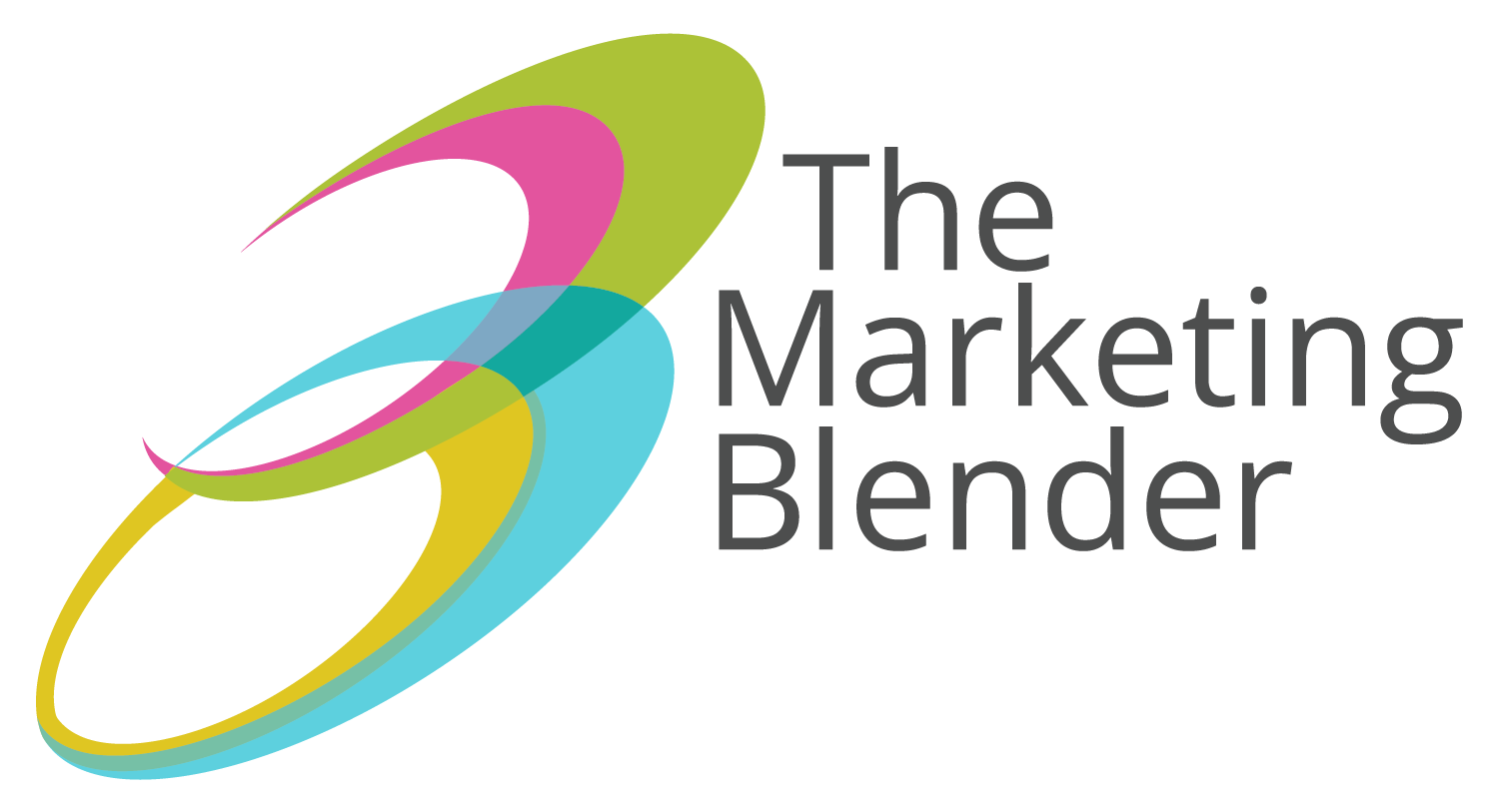Paying attention to marketing analytics is crucial for B2B companies. B2B marketing analytics can provide immense data; however, making sense of it all can be a complex process. That being said, if you find a way to track, manage, and optimize the right B2B marketing data, you can gain valuable insights that can help your business grow.
What is B2B marketing analytics?
Marketing analytics is a type of data analysis that businesses can use to measure the performance of their marketing campaigns.
When we speak about B2B marketing analytics, we’re referring to collecting, measuring, and analyzing data from a company’s marketing activities and then using that information to direct future marketing campaigns.
Tracking key performance indicators (KPIs), such as click rates, social media engagement, and customer acquisition costs, can help you understand which connected campaigns are performing well. This can enable you to identify where there is room for improvement and help you make more data-driven decisions.
What B2B data analytics are important to track?
When deciding which B2B data analytics to track, it’s essential to consider the type of information that will be most useful for improving your marketing strategies.
Some of the most useful B2B marketing KPIs to track include:
- Cost per lead: the cost to generate a new lead
- General website statistics: data such as the number of website visitors, page views, and bounce rate
- SEO / content: the quality of your search rankings and the effectiveness of your content marketing efforts
- Social media: engagement and reach on Facebook, LinkedIn, and beyond
- Ad spend: the amount you spend on advertising and how many conversions it leads to
The challenges of tracking B2B data analytics
B2B marketing analytics is usually more challenging to track than B2C marketing analytics. The numerous people involved in B2B sales and the multi-layered approval processes often preceding a sale can make it difficult to attribute conversions to specific marketing activities.
Adding to this, salespeople may fail to track sales activity correctly. There may also be many different data points to consider. These can add to the complexity of the interpretation.
Because of this, it’s important to work with all related departments and find ways to track and monitor data and performance that work for your company specifically.
How do you know what’s considered good?
There are two main ways to determine whether or not your marketing analytics indicate good performance:
Method 1: Compare your KPIs to industry benchmarks
Industry-specific data on digital marketing performance is available from various authoritative sources. Comparing your own analytics to industry averages can show how your marketing efforts stack up against your competitors, which can be useful. However, it’s important to remember that each business is unique, and marketing KPIs often vary within each industry. If you’re just getting started, these industry benchmarks can be used as an initial guideline – but they should be tweaked over time to make more sense to your business and its goals.
Method 2: Compare them to your own past performance
Comparing your current B2B marketing analytics to your own historical data can give a more accurate picture of what good performance looks like for your company. Use your past B2B marketing analytics to create customized benchmarks for your business’s specific circumstances, such as your marketing budget and the demographics of your target market.
Assessing your marketing analytics this way can show how your KPIs have changed over time and help you better understand how your costs factor into your conversions.
How can you set up a B2B marketing analytics dashboard?
There are a few ways of setting up B2B marketing analytics dashboards:
1. Create a dashboard manually
Creating a B2B marketing manager dashboard manually can be done by pulling source data from different channels and inputting it into a central spreadsheet. You can then use conditional formatting and other functions to create graphs and charts to visualize your data.
Pro: this gives you complete control over which data points you track.
Con: manual data wrangling is time-consuming.
2. Use a data visualization tool
Many software programs can help you create a B2B marketing analytics dashboard. Out-of-the-box dashboards can automate much of the data collection and analysis process, making it easier and faster to create informative visualizations.
Pro: analytics dashboards can analyze data and automate reports from different sources.
Con: the amount of data that data visualization tools create can be overwhelming.
3. Work with a marketing agency
Marketing agencies have the tools and expertise to set up your dashboard quickly and efficiently. They can also customize your B2B marketing analytics setup to highlight only the most important data for you and your business goals.
Pro: agencies can save you time and ensure that your data is accurate.
Con: working with an agency does incur additional costs.
Are you looking for more B2B marketing tips, tricks, and templates?
If you’re looking to set up a B2B marketing analytics dashboard, the Marketing Blender can help. We specialize in helping businesses of all sizes improve their digital marketing operations.
Call us at (817) 851-5145 to schedule a 30-minute assessment with one of our strategists.
In the meantime, here’s some more content to help you learn more about B2B marketing:




